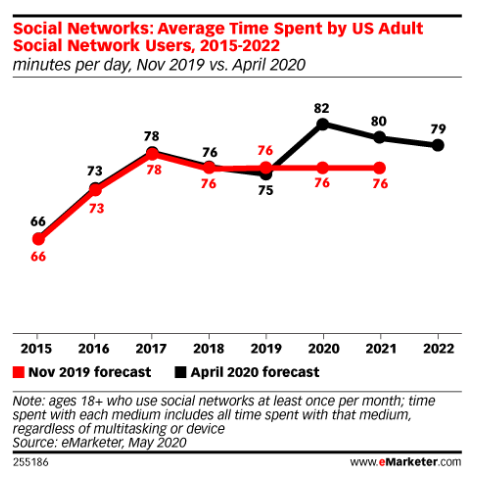LONDON – Social media usage has surged during the coronavirus pandemic as homebound consumers rely on platforms like Facebook, Instagram, Snapchat and Twitter to stay connected with the outside world. As marketers seek to reach those consumers, they face the daunting task of creating omnichannel campaigns among “walled gardens” that aren’t readily transparent and have overlapping audiences.
“We would like to have cross-channel attribution, reach and frequency, and control,” Deborah King, vice president of media activation paid social for the EMEA region at Essence, a unit of WPP’s GroupM media-buying firm, said. “Due to that not being available, it really opened up a lot of creative and innovative ways for me and my team to plan paid social campaigns.”
In this episode of “Delivering on the Promise of Omnichannel Advertising,” a Beet.TV series presented by Mediaocean, King described how marketers need to approach their paid social campaigns.
“Social is one of the biggest ecosystems where you have to be a bit of a strategist at heart,” she said. “You always have to remember who is your audience. You have to remember the mindset, the context and the environment.”
Each social media platform has its own style of user experience, ad formats and ways for brands to engage with audiences. Understanding those differences is crucial in running campaigns and interacting with consumers.
“It’s an exciting time to be a digital marketeer with the paid social landscape,” King said. “There’s an element of creativity that we have to deploy and think about in terms of executing our campaigns.”
Marketers need to respect consumer privacy, not only to build trust with customers, but also to comply with stricter data-privacy rules in regions as varied as the European Union and the state of California.
“Privacy has become an increasingly more important, and having a privacy-first approach that we all need to follow through on,” King said.
She also sees more opportunities in livestreaming, which became more popular as people huddled indoors during the pandemic. Facebook, Instagram, TikTok, Google’s YouTube and Amazon’s Twitch all support live video in some form.
“During lockdowns, live has had a place in social,” King said. “A lot of marketeers are going to start to incorporate that into their strategy.”
You are watching “Delivering on the Promise of Omnichannel Advertising,” a Beet.TV series presented by Mediaocean. Please click here for more videos.




































